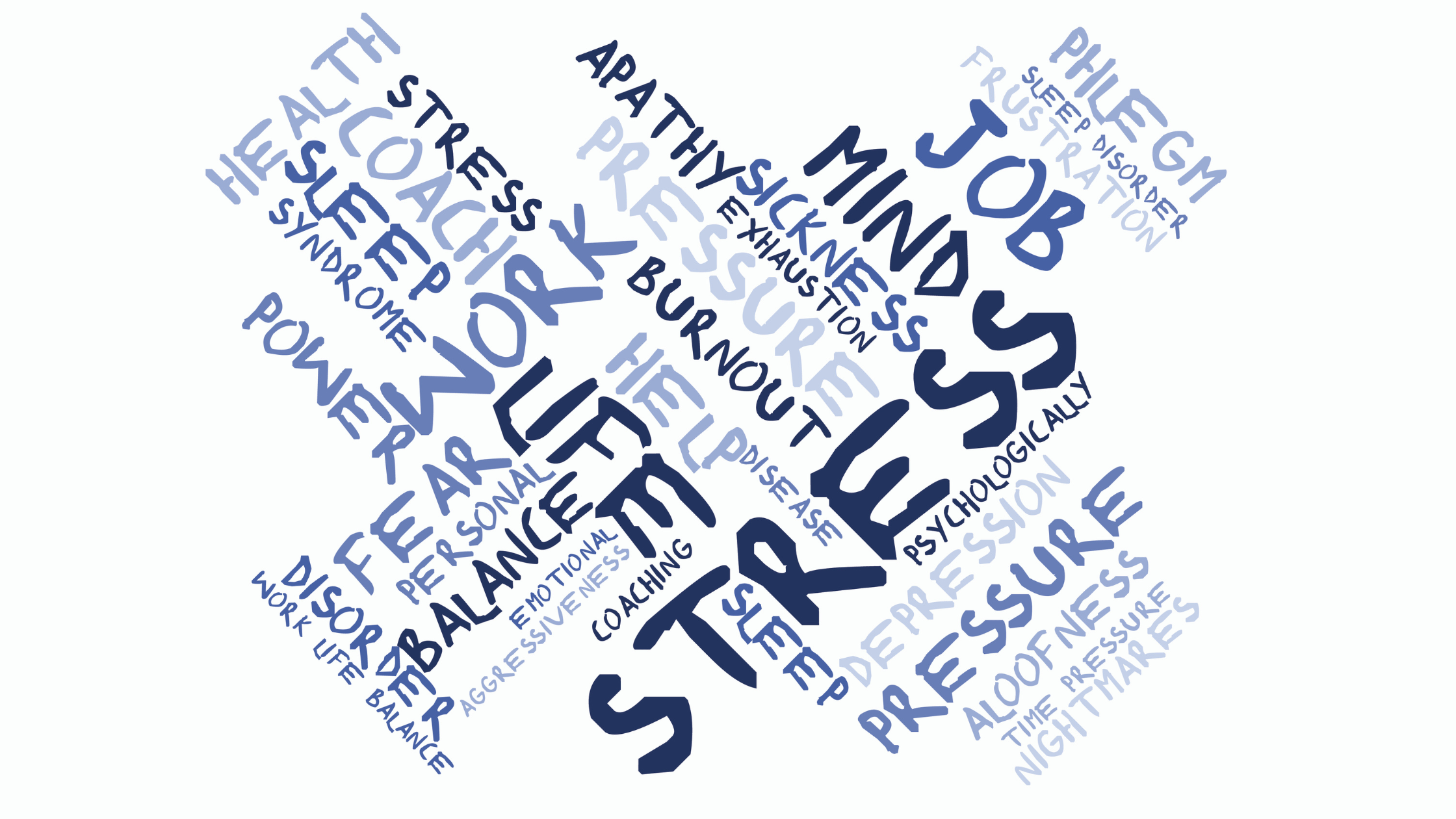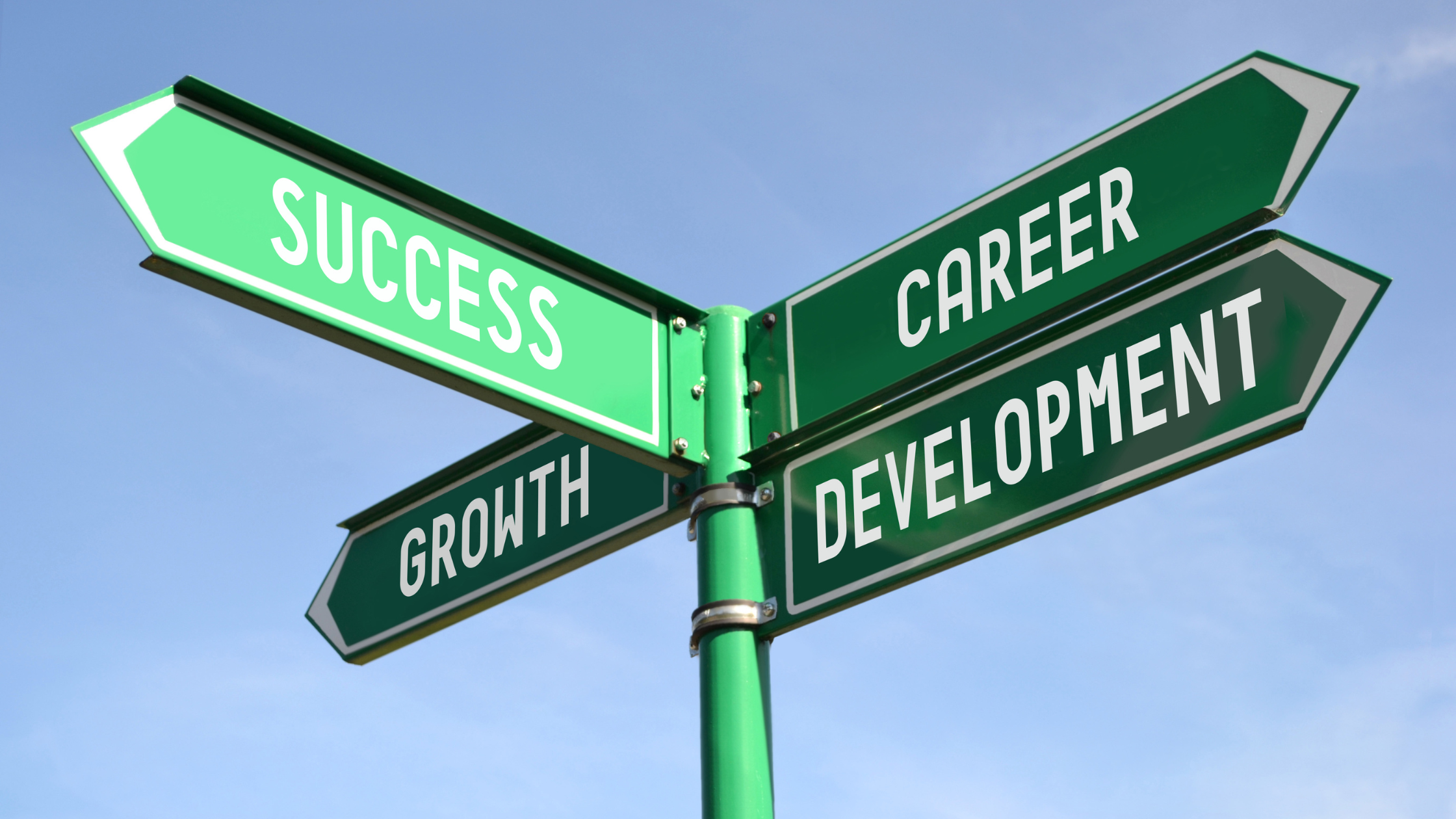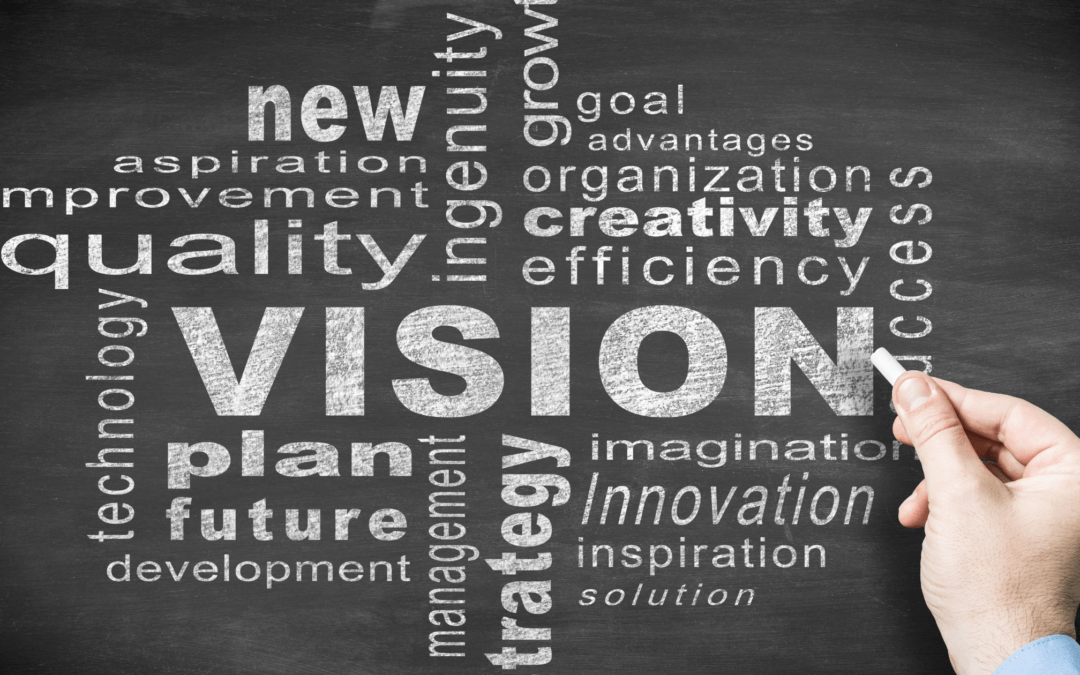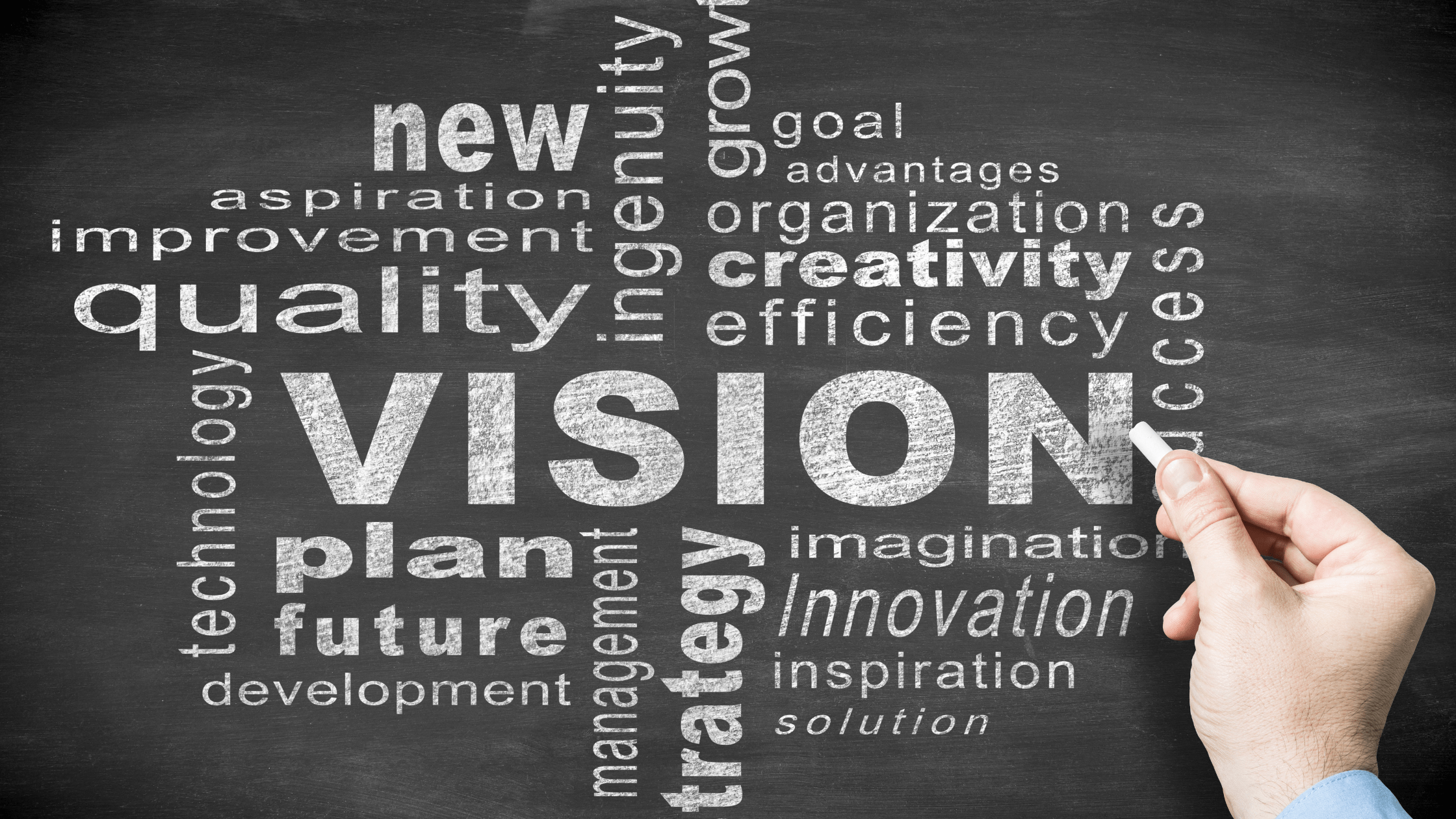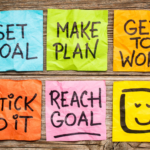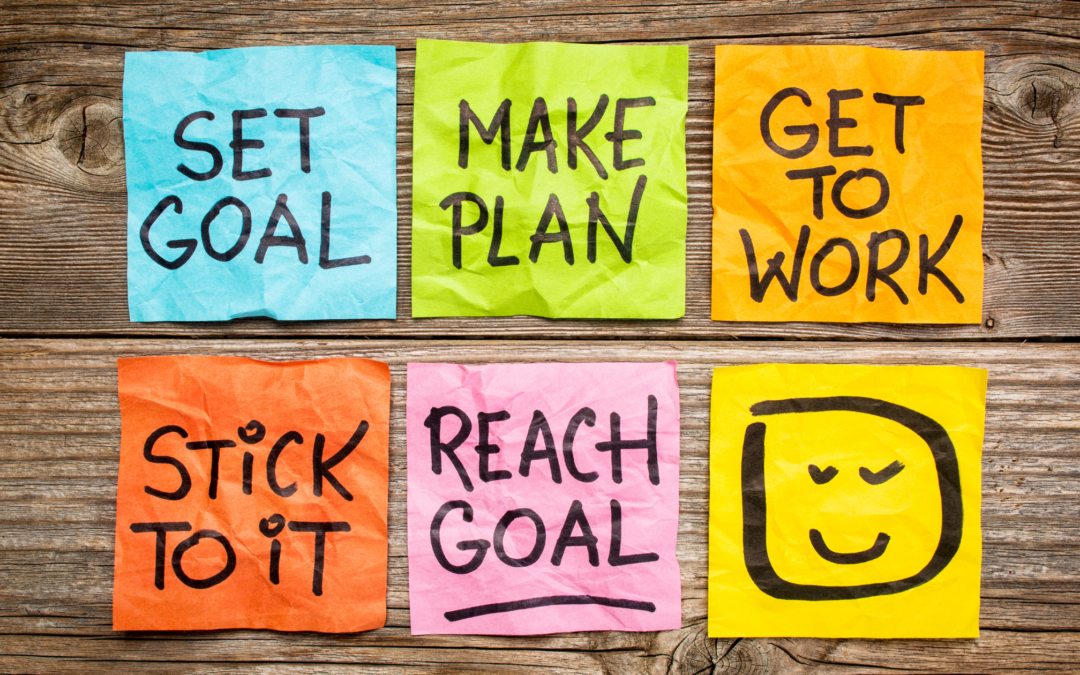
Unveiling the Power of Personal Goal Setting
From Dream to Reality: The Magic Behind Personal Goal Setting
Setting goals is essential to living a meaningful and productive life. Personal goal setting allows you to establish clear objectives, focus your efforts and resources, and measure progress towards achieving what you truly want in both your personal and professional life. It helps you to move beyond the mundane routine of everyday life and gives a sense of purpose which can provide an endless supply of motivation.
In this article, we will explore the power of personal goal setting, why it is important for our success, how it works, its benefits, and how to set effective goals that align with your values. We will also delve into some common challenges people face when trying to achieve their goals and provide practical tips on how to overcome them.
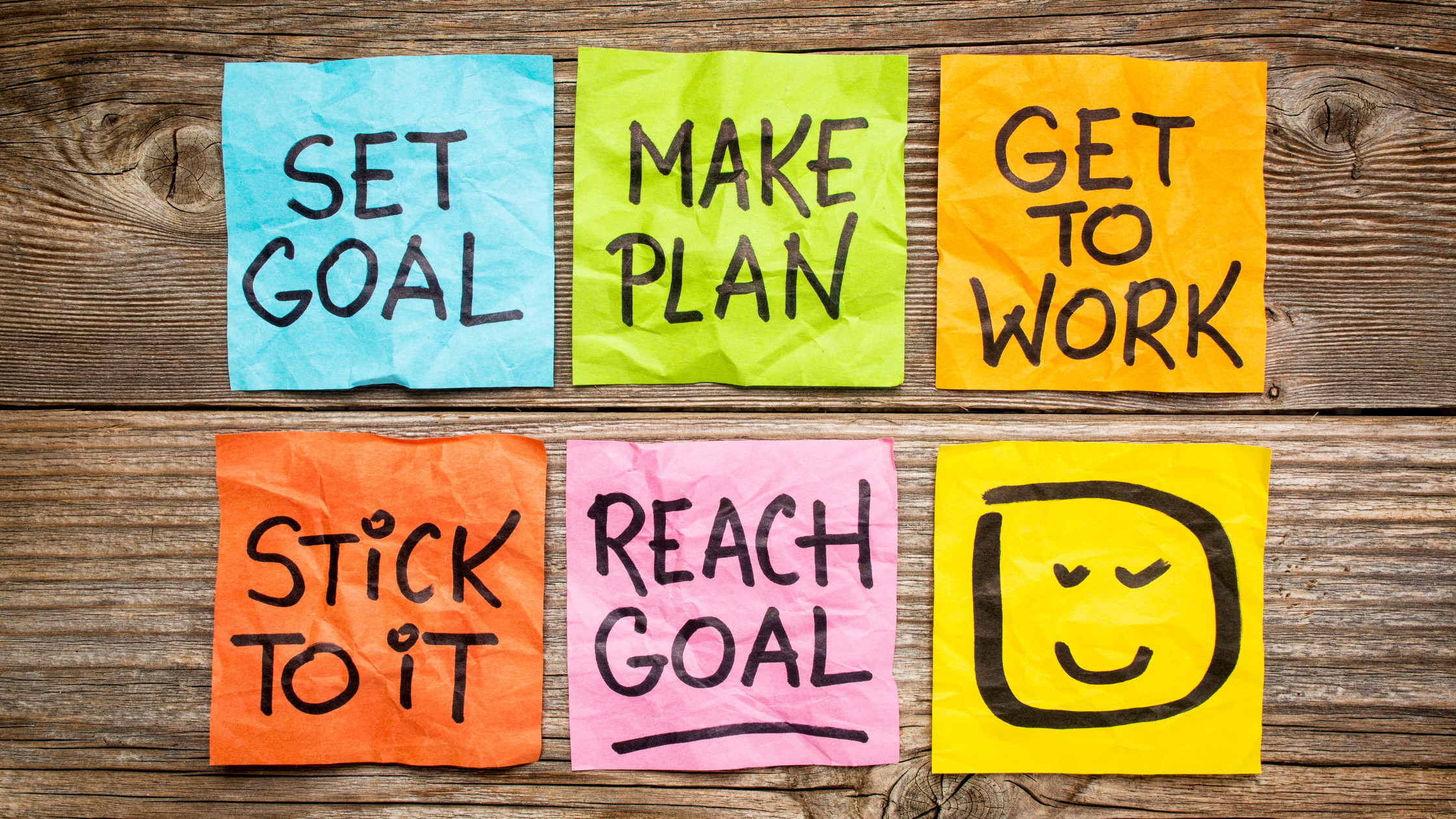
Why is Personal Goal Setting Important?
At its core, personal goal setting involves identifying specific objectives and outlining a plan to achieve them. These goals can be short-term or long-term, ranging from small, actionable steps to ambitious aspirations. They may encompass various areas of life, such as career, education, health, relationships, personal development, or creative pursuits. The beauty of personal goal setting is that it allows individuals to envision their desired future and take deliberate actions to bring that vision to life.
Benefits Personal Goal Setting
1. Clarity and Focus:
Setting clear goals provides clarity about what we want to accomplish. It helps us identify our priorities and focus our energy and efforts on meaningful pursuits. With a well-defined goal, we can align our actions and decisions with our desired outcomes, reducing distractions and increasing our chances of success.
2. Motivation and Inspiration:
Goals serve as powerful motivators. They ignite a sense of purpose and excitement, propelling us forward even during challenging times. When we have a clear objective in mind, we are more likely to stay committed, persevere through obstacles, and maintain a positive mindset.
3. Progress and Growth:
Setting goals allows us to track our progress and celebrate achievements along the way. It provides a sense of accomplishment and fulfillment as we witness ourselves moving closer to our desired outcomes. Goal setting also promotes personal growth and development, as it pushes us to step out of our comfort zones, acquire new skills, and expand our capabilities.
4. Direction and Decision Making:
Goals act as compasses, guiding our decisions and actions. They help us make choices that align with our long-term vision and values. When faced with dilemmas or opportunities, having well-defined goals allows us to evaluate them in light of our aspirations, making it easier to make informed and purposeful decisions.
5. Resilience and Adaptability:
Goal setting fosters resilience and adaptability. It teaches us to embrace challenges as learning opportunities and to pivot when necessary. When we encounter setbacks or unexpected circumstances, our goals provide a source of motivation to persevere and find alternative paths to success.
Strategies for Effective Goal Setting
1. Be Specific and Measurable:
Set goals that are specific and measurable. Instead of stating a vague objective like “improve fitness,” specify a measurable target like “run a 5K race within six months.” This allows for clear tracking and assessment of progress.
2. Set Realistic and Challenging Goals:
Balance your goals between being realistic and challenging. While it’s important to set attainable goals, it’s equally crucial to stretch yourself beyond your comfort zone. This balance ensures that you’re motivated and engaged without setting yourself up for disappointment.
3. Break Down Goals into Actionable Steps:
Divide your goals into smaller, actionable steps. This not only makes them more manageable but also provides a roadmap for progress. Each step accomplished brings you closer to the ultimate goal.
4. Write Them Down and Visualize:
Write your goals down and keep them visible. This serves as a constant reminder and reinforces your commitment. Additionally, visualize yourself achieving the goals, imagining how it feels and the positive impact it has on your life.
5. Regularly Review and Adjust:
Review your goals regularly and make necessary adjustments. As circumstances change and you gain new insights, your goals may need to be refined or adapted. Embrace flexibility and be open
Key Takeaways:
Personal goal setting is a powerful tool that can transform your life. It provides direction, motivation, and a sense of purpose. By setting clear and actionable goals, you can focus your efforts, track your progress, and celebrate your achievements along the way. Remember to set goals that are specific, measurable, and challenging yet realistic. Break them down into manageable steps, visualize your success, and regularly review and adjust as needed. Embrace the power of personal goal setting and unlock your full potential to create a life that is meaningful, fulfilling, and aligned with your deepest aspirations.
Action Steps To Cultivate:
We help you learn all of this and more in our groundbreaking neuro-performance programs.
This 12-week transformation profoundly benefits every aspect of your life: career, daily performance, health, wellness, cognitive function, habits, relationships, energy, emotional growth, and beyond. That’s because unlike any other program, we focus on the brain - the root of all change.
Unlocking your full potential is about learning, knowing, and transforming into your highest self. Our trainings help you unleash yours. Explore our programs now.
If you enjoyed this article, we'd love for you to forward it to your community! It helps us to help more people. Use the social/mail icons to share it with anyone in 2 seconds.





